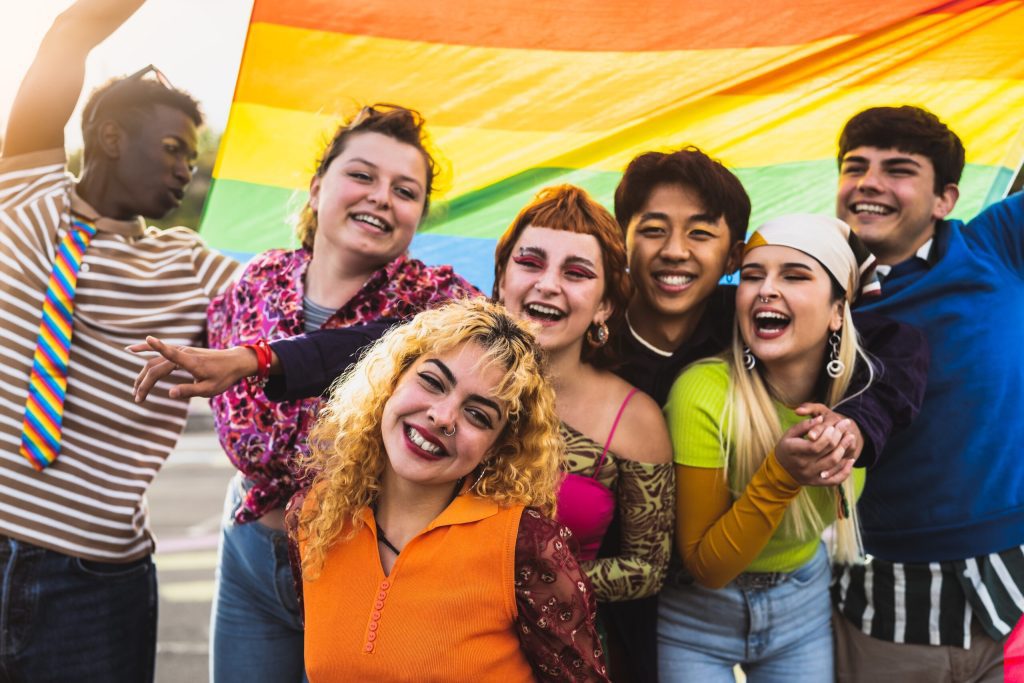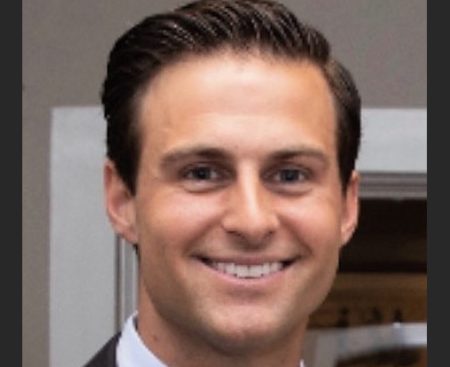The number of U.S. grown-ups who identify as LGBTQ+ has been going up over the past ten years, with close to 8 percent now saying they are not straight.
On Wednesday, Gallup released its analysis of polling data from its 2023 telephone surveys of more than 12,000 American adults. In total, 7.6% of respondents said they identify as lesbian, gay, bisexual, transgender, queer or some other sexual orientation besides heterosexual. That number has more than doubled since Gallup started asking Americans about their sexual orientation and transgender identity in 2012. That year, only 3.5% of U.S. adults said they identified as LGBTQ+.
According to the 2023 polling data, just over one percent of U.S. adults said they identify as gay, with nearly the same percentage identifying as lesbian. Both gays and lesbians each account for about one in six LGBTQ+ adults, while about one in eight LGBTQ+ adults are transgender. Overall, transgender people make up slightly less than 1 percent of U.S. adults. Less than 2 percent of LGBTQ+ adults said they were pansexual or asexual.
But by far, more U.S. adults identified as bisexual than any other LGBTQ+ identity, with 4.4% of adults and 57.3% of LGBTQ+ adults saying they are bisexual.
Younger adults were much more likely to identify as LGBTQ+ than older generations, according to Gallup. Millennials and adult members of Gen Z were each twice as likely to say they were LGBTQ+ than the generation that preceded them. More than one in five (22.3%) respondents who were born between 1997–2012 (Gen Z) and nearly one in 10 (9.8%) who were born between 1981–1996 (millennials) identified as LGBTQ+. Compare that to less than 5 percent of Generation X, just over 2 percent of Baby Boomers, and 1 percent of the Silent Generation (those born before 1945).
Among members of Gen Z, 2.1% said they were transgender, compared with just under half a percent of millennials.
Meanwhile, 20.7% of Gen Z respondents said they were bisexual compared to just 9 percent of millennials. In fact, more LGBTQ+ members of Gen Z, millennials, and members of Gen X said they identify as bisexual than any other LGBTQ+ identity, while LGBTQ+ members of older generations were more likely to identify as gay or lesbian than bisexual.
LGBTQ+ women were more likely to identify as bisexual as well (5.7% compared to 2 percent who identified as lesbian), and women were nearly twice as likely to identify as LGBTQ+ than men (8.5% compared to 4.7% of U.S. adults). However, Gallup did not account for nonbinary people in its poll.
Gallup said that based on its polling data, there is an indication that the number of young people identifying as LGBTQ+ will keep increasing in the future. “If current trends continue, it is likely that the proportion of LGBTQ+ identifiers will exceed 10% of U.S. adults at some point within the next three decades,” Gallup’s Jeffrey M. Jones wrote.









